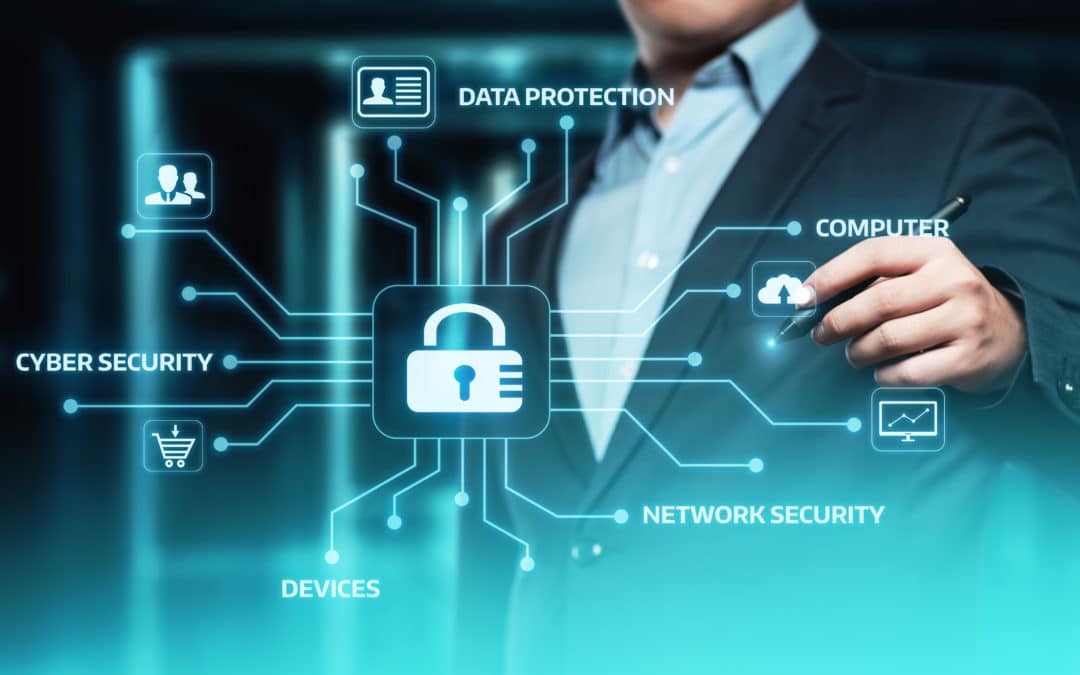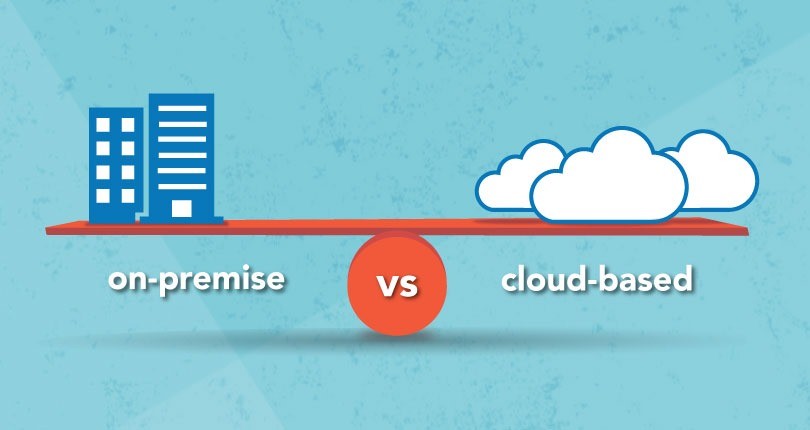In today’s fast-paced digital world, small and medium-sized businesses (SMBs) are increasingly vulnerable to cyberattacks. With limited resources and sometimes inadequate IT infrastructure, SMBs are prime targets for hackers looking to exploit security weaknesses. As these businesses expand and adopt more digital tools, the risk of cyber threats such as data breaches, ransomware, and malware escalates. That’s where Endpoint Detection and Response (EDR) comes in.
EDR offers an essential layer of protection by providing real-time monitoring, advanced threat detection, and automated response capabilities. This helps businesses identify and mitigate security risks before they can cause significant damage. By implementing EDR, SMBs can strengthen their defenses against evolving threats, ensuring their data, networks, and systems remain secure. Engage with Managed IT Services Nashville experts to seamlessly integrate EDR solutions, enhance your cybersecurity posture, and safeguard your business from emerging digital threats.
In this blog, Endpoint Detection Response (EDR), it’s essential for SMBs and steps to implement it effectively in your business.
What Is Endpoint Detection and Response (EDR)?
Endpoint Detection and Response (EDR) is a cybersecurity tool that helps monitor, identify, and react to threats on devices like computers, laptops, and servers. It collects and analyzes real-time data to identify suspicious activity, enabling quick incident response and threat mitigation. EDR helps businesses proactively defend against malware, ransomware, and advanced cyberattacks by providing visibility and control across all endpoints.
Why is EDR Important for SMBs?
Endpoint Detection and Response (EDR) is essential for small and medium-sized businesses (SMBs) because it offers a cost-effective and efficient way to protect against cyber threats. SMBs often lack the resources of larger companies to implement robust security measures, making them more vulnerable to attacks. EDR helps by offering real-time monitoring and immediate response to potential threats, reducing the impact of security breaches. Here’s why EDR is essential for SMBs:
- Real-time Threat Detection: EDR constantly monitors systems to spot threats as they happen.
- Quick Response: It automatically takes action against threats, minimizing damage.
- Cost-effective: Offers enterprise-level security without the high cost.
- Minimal Disruption: Prevents downtime by stopping attacks before they escalate.
- Regulatory Compliance: Helps meet industry regulations for data protection.
For SMBs, investing in EDR ensures a solid defense against evolving cyber threats, safeguarding their data and reputation.
8-Step Guide to Implementing EDR for SMBs
Assess Your Current Cybersecurity Posture
Before adding a new EDR system, it’s essential to understand how strong your current cybersecurity setup is. Look at the protections you already have, such as antivirus software, firewalls, and password policies. Identify any gaps or weak spots that could open your business to threats.
This step helps you know where you’re doing well and where you need improvement. By understanding your current security posture, you’ll be better prepared to choose an EDR solution that fills the gaps and strengthens your defense against cyberattacks.
Define Your Goals and Objectives
Setting clear goals is the first step when implementing EDR. Consider what you want the system to do, such as improving threat detection, speeding up response times, or ensuring compliance with industry standards. Identify areas where your business is most vulnerable, and EDR can make a real impact.
Whether protecting sensitive customer data or reducing downtime, aligning your goals with your business’s needs ensures a more effective EDR strategy. Documenting these goals helps you track progress and make necessary adjustments as your business grows.
Select the Right EDR Solution
Choosing the right EDR solution is essential for protecting your business. Start by considering your company’s size, budget, and technical resources. The ideal EDR solution should offer key features like real-time threat monitoring, automatic threat response, and a user-friendly dashboard.
Ensure it integrates well with your existing systems and can scale as your business grows. Find a fix that works with your team’s skills. It doesn’t matter if your IT help is inside your company or from another company. Remember to see if the customer service is good; it matters greatly if you require fast help.
Create an Endpoint Inventory
Before your EDR solution can completely safeguard your business, it’s essential to understand which devices are linked to your network. This includes computers, laptops, tablets, smartphones, printers, and anything that can access company data.
Make a complete list of these devices, including those used by remote or hybrid employees. Keeping track of every endpoint helps ensure that nothing is left unprotected. This step is simple but essential. With a complete inventory, your EDR solution can watch over all devices and quickly spot any suspicious activity, keeping your business safe from threats.
Develop an Incident Response Plan
An incident response plan is essential for quickly and efficiently handling security threats. It outlines what steps your team should take if a cyberattack occurs. Ensure your plan includes who’s responsible for handling threats, how to communicate with employees and customers, and the process for containing and resolving the issue.
A well-prepared plan ensures that your team can act fast and minimize damage during an attack. Regularly reviewing and updating the plan will keep it relevant as your business and cybersecurity needs evolve, ensuring you’re always ready to respond. By partnering with the IT Support Nashville team, you get expert help to build a strong incident response plan that keeps your business prepared, protects your data, and minimizes damage during cyber threats.
Deploy the EDR Solution
Once you’ve chosen the right EDR tool, it’s time to implement it. Start by installing the software on all devices listed in your endpoint inventory. Make sure everything is connected exactly and set up to monitor for threats. It’s a good idea to test the system on a few devices first to ensure it works smoothly before a full rollout.
If possible, get help from IT experts or the EDR provider for a smooth deployment. A careful and complete setup ensures the system protects your business from day one.
Monitor and Respond to Threats in Real Time
Continuous monitoring is key to staying protected once your EDR system is up and running. Regularly check the system’s alerts and dashboards to spot potential threats as soon as they arise.
Set up real-time monitoring to get instant notifications of suspicious activity, allowing your team to take action immediately. Whether it’s isolating an infected device or blocking harmful access, quick responses can prevent more serious damage. If you don’t have your IT people, think about always hiring a company to watch over your systems.
Review and Update Your EDR Strategy Regularly
Cyber threats constantly evolve, so reviewing and updating your EDR strategy is essential. Set aside time every few months to assess how well your system is performing, check if there are any new vulnerabilities, and ensure your team is still following best practices.
Update your system to reflect new security challenges or changes in your business. Regular reviews help you stay ahead of emerging threats and keep your defenses strong. Making these updates part of your routine ensures your business stays protected in the long term.
Final Thoughts
Implementing Endpoint Detection and Response (EDR) is one of the most effective ways for small and medium-sized businesses (SMBs) to enhance their cybersecurity without straining their resources. Knowing how EDR functions and why it matters and using a clear plan, from checking your security to improving and updating your approach, will build a stronger defense against growing cyber risks. It’s not just about technology; it’s about equipping your business with the ability to quickly detect, respond to, and recover from cyber incidents. With the right EDR solution, you are taking a significant step toward long-term protection and peace of mind.










